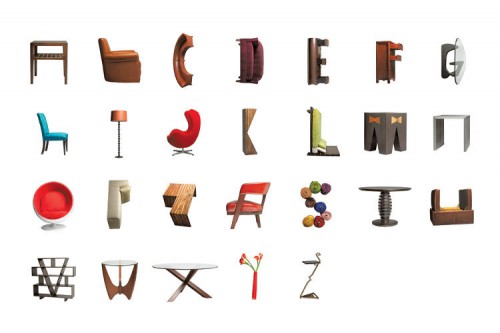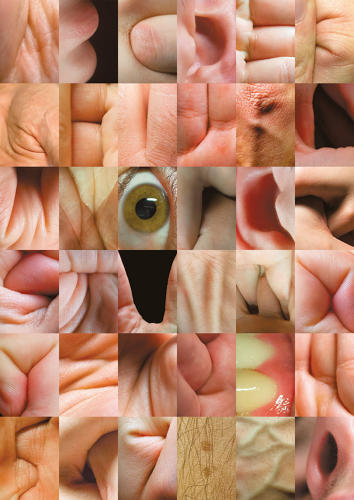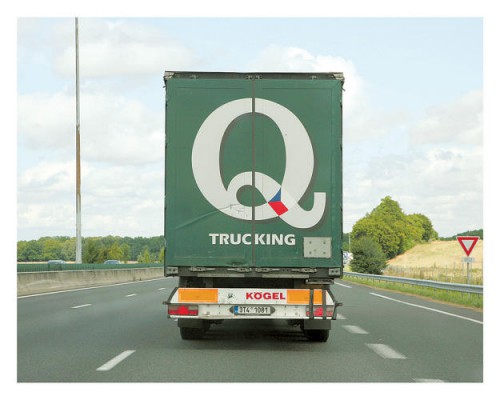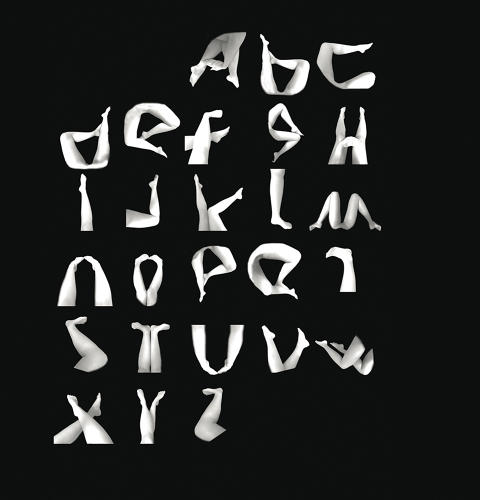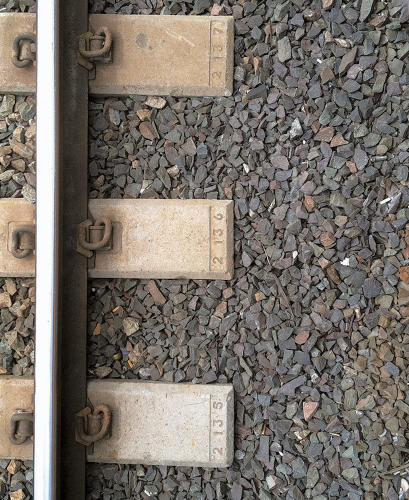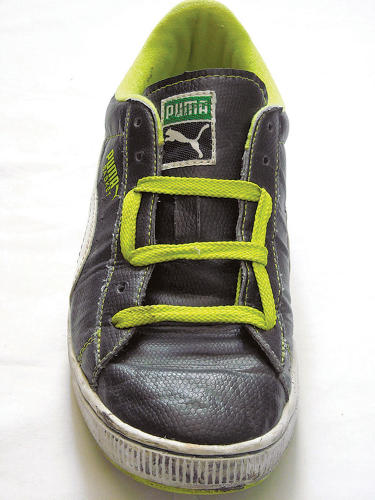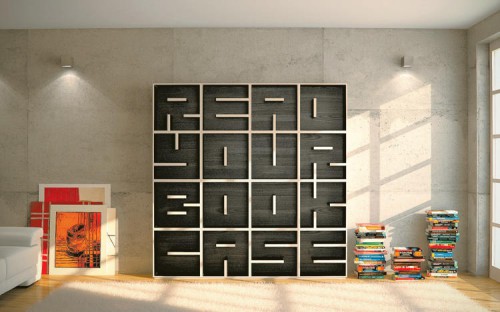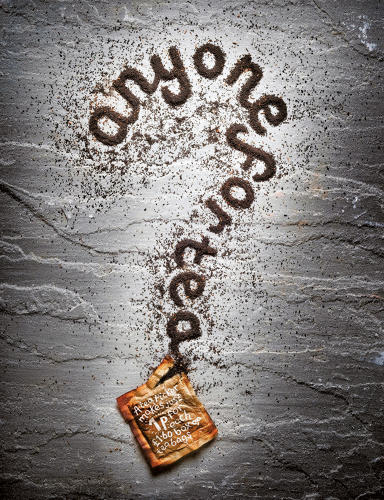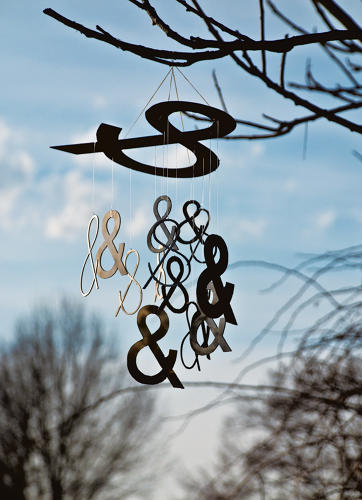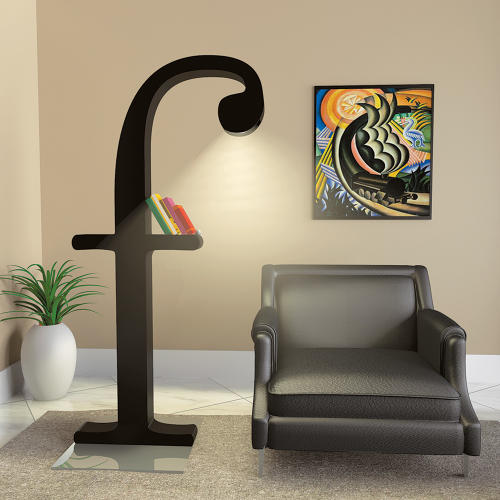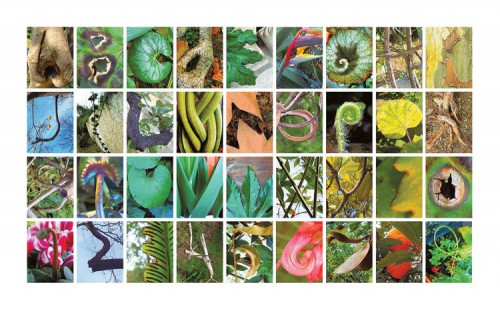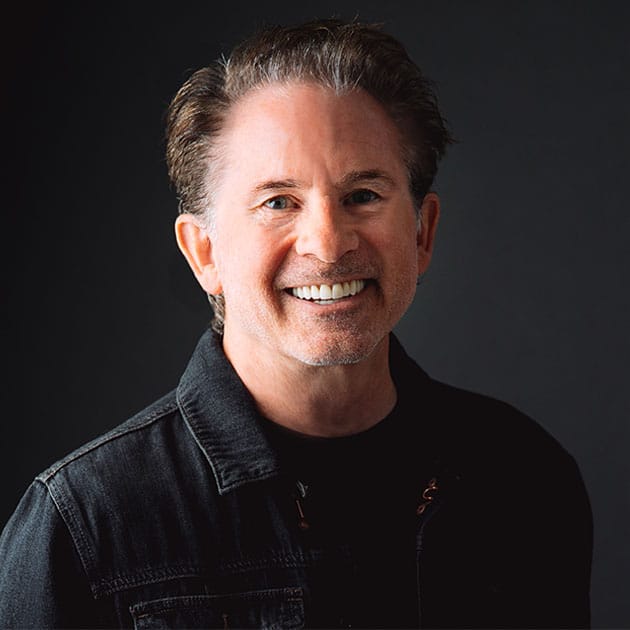furniture alphabet
Typography is all around us–but not just in places you might expect: letterforms can be found in the bark of trees, in the sharp lines of a skyscraper, and in the curves of the human body.
In The Typographic Universe: Letterforms Found In Nature, The Built World, and Human Imagination, a new book from Thames and Hudson, designers Steven Heller and Gail Anderson present 350 pages of typography made of everything but ordinary ink. “If you cast your eye up to the sky or down to the ground, there’s an excellent likelihood you’ll discover something that either looks like a letter or actually is one,” the authors write in the book’s introduction.
Types of type are divided into 10 chapters: there’s Bodily Type, in which a human iris becomes an O and protruding blue veins become a 9. Outdoor Type, including a snaking river of an S and Ys made from tree branches, and Floral Type, which dates back to the frilly Art Nouveau of the 19th century, reveal how nature is often the best designer. Edible Type turns everything from pinto beans to Doritos into alphabets, and Animal Type finds an M in a dog’s splayed hind legs and a C in the curve of a sleeping cat’s body.
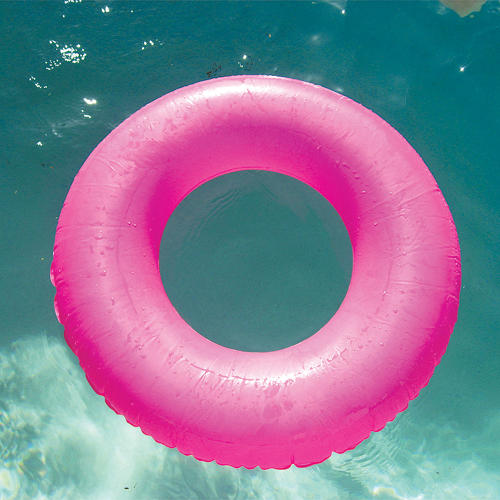
Rubber Ring “O”
Body Alphabet. “If you cast your eye up to the sky or down to the ground, there’s an excellent likelihood you’ll discover something that either looks like a letter or actually is one,” the authors write.
Not all type made from unlikely materials is automatically clever or successful as design, the authors point out. “Building letters out of objects is an ambitious kind of visual punning,” they write in “Objectified Type,” a chapter featuring letters made from humdrum household items (Lego, condoms, toothpicks). “An alphabet made from non-typographic materials can either be a brilliant concept or a bad pun. The latter–letters that stretch the ‘joke’ beyond being funny–must be avoided.” The typefaces presented here are of the unexpected variety–some almost create a feeling of witnessing a magic trick in how they conjure letters where you thought there were none.
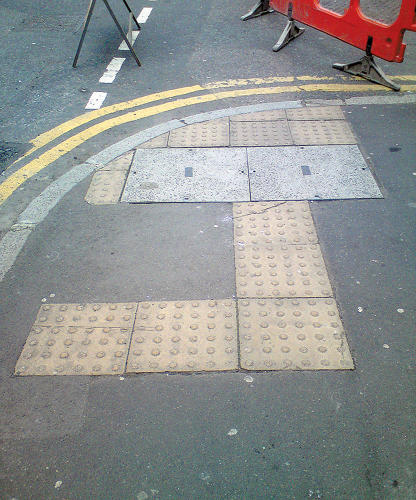
London Alphabet. This penchant for typographic visions parallels what they call the “curiously therapeutic psychological condition called pareidolia that allows humans to perceive faces in places where they do not actually exist.”
Alphabet Truck. In this case, it’s not human faces being perceived, it’s typefaces.
Body Type
Wood, Doorknob, Railtracks & Power Lines
Shoestring Alphabet. “Building letters out of objects is an ambitious kind of visual punning,” the authors write.
London Alphabet. “An alphabet made from non-typographic materials can either be a brilliant concept or a bad pun.”
ABC Bookcase. “The latter–letters that stretch the ‘joke’ beyond being funny–must be avoided.”
Anyone for Tea. The typefaces presented here are of the unexpected variety–some almost create a feeling of witnessing a magic trick in how they conjure letters where you thought there were none.
Sculptural Net
Ampersand Wind Chimes
Décor Type
Garden Delights
The Typographic Universe: Letterforms Found In Nature, The Built World, and Human Imagination is available from Thames and Hudson for $50 here.
[via fast co | design]
